SpaceX Crew Dragon: first astronaut mission may take place this summer
Static fire test moves company one step closer to practice launch next month
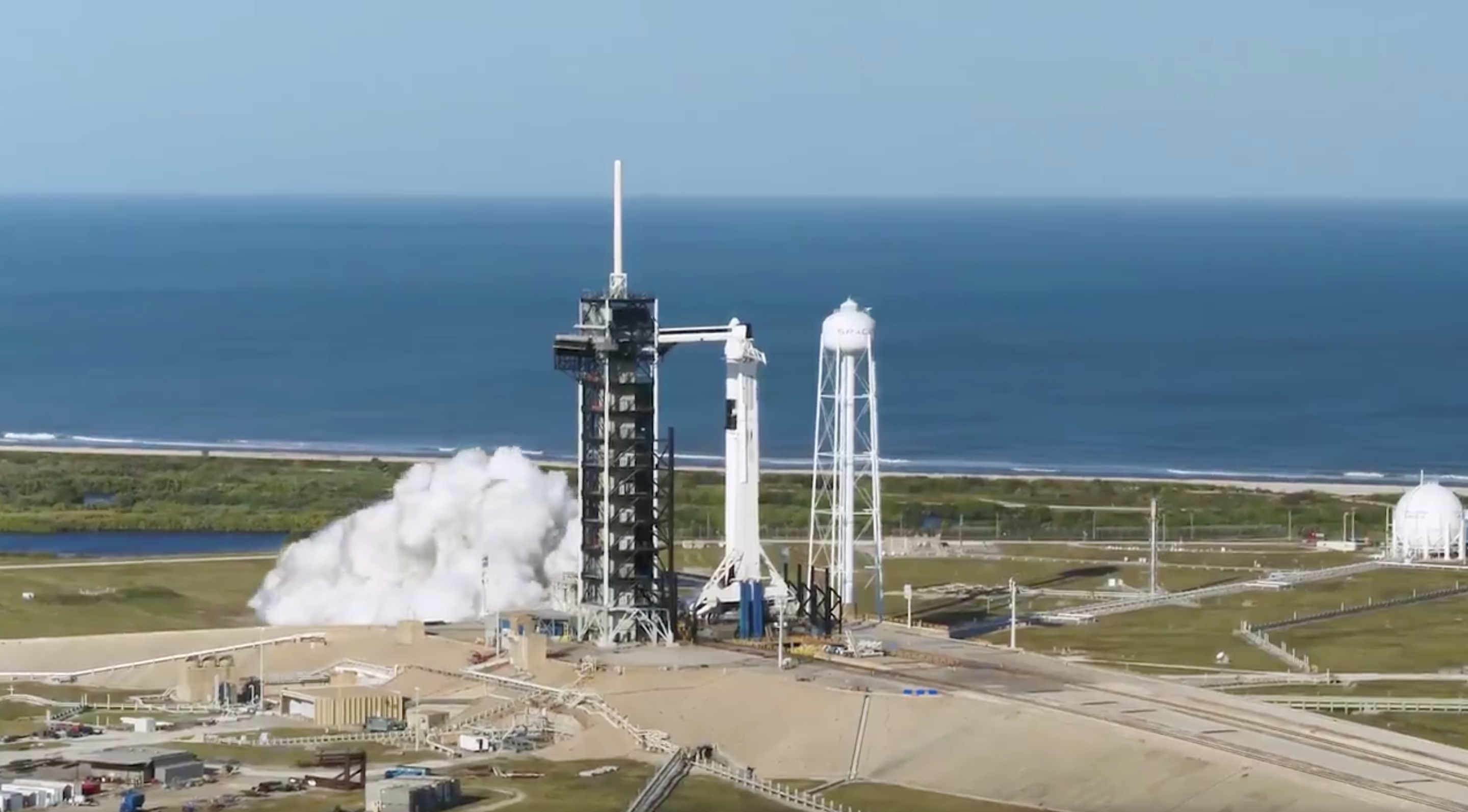
SpaceX is on course to send astronauts to the International Space Station in the summer after it completed a successful fire-up test on Thursday.
The US aerospace firm confirmed in a tweet that it had conducted a “static fire test”, in which the rocket’s engines are fired but the vehicle does not take off, of its Crew Dragon space craft at the Kennedy Space Center in Florida.
The test took place at Launch Complex 39A, the “historic” site where Nasa’s Apollo missions and Space Shuttle programme launched from.
The Week
Escape your echo chamber. Get the facts behind the news, plus analysis from multiple perspectives.

Sign up for The Week's Free Newsletters
From our morning news briefing to a weekly Good News Newsletter, get the best of The Week delivered directly to your inbox.
From our morning news briefing to a weekly Good News Newsletter, get the best of The Week delivered directly to your inbox.
Though SpaceX said the test had been completed, suggesting few - if any - problems, CBS reporter William Harwood claims the firing “did not run full duration” and a retest may be scheduled in the coming days.
SpaceX is widely believed to be targeting an unmanned launch of its Crew Dragon capsule aboard one of its Falcon 9 rockets on 16 February, according to Ars Technica.
However, company insiders told the tech news site that the mission may take place a week later.
If all goes well, SpaceX chief executive Elon Musk said in an emoji-filled tweet that the company will be on course to send two Nasa astronauts aboard the Crew Dragon to the ISS as early as this summer.
A free daily email with the biggest news stories of the day – and the best features from TheWeek.com
The crew module is based on the aerospace firm’s Dragon capsule, which has been used on 16 Nasa missions to deliver food and equipment to astronauts aboard the ISS.
It’s hoped that the capsule can be used to replace the ageing Russian Soyuz vehicle, a 50-year-old spacecraft currently used to ferry astronauts to the ISS, The Guardian explains.
-
 Inside a Black community’s fight against Elon Musk’s supercomputer
Inside a Black community’s fight against Elon Musk’s supercomputerUnder the radar Pollution from Colossal looms over a small Southern town, potentially exacerbating health concerns
-
 Codeword: December 4, 2025
Codeword: December 4, 2025The daily codeword puzzle from The Week
-
 Crossword: December 4, 2025
Crossword: December 4, 2025The daily crossword from The Week
-
 Inside a Black community’s fight against Elon Musk’s supercomputer
Inside a Black community’s fight against Elon Musk’s supercomputerUnder the radar Pollution from Colossal looms over a small Southern town, potentially exacerbating health concerns
-
 X update unveils foreign MAGA boosters
X update unveils foreign MAGA boostersSpeed Read The accounts were located in Russia and Nigeria, among other countries
-
 What's Linda Yaccarino's legacy? And what's next for X?
What's Linda Yaccarino's legacy? And what's next for X?Today's Big Question An 'uncertain future' in the age of TikTok
-
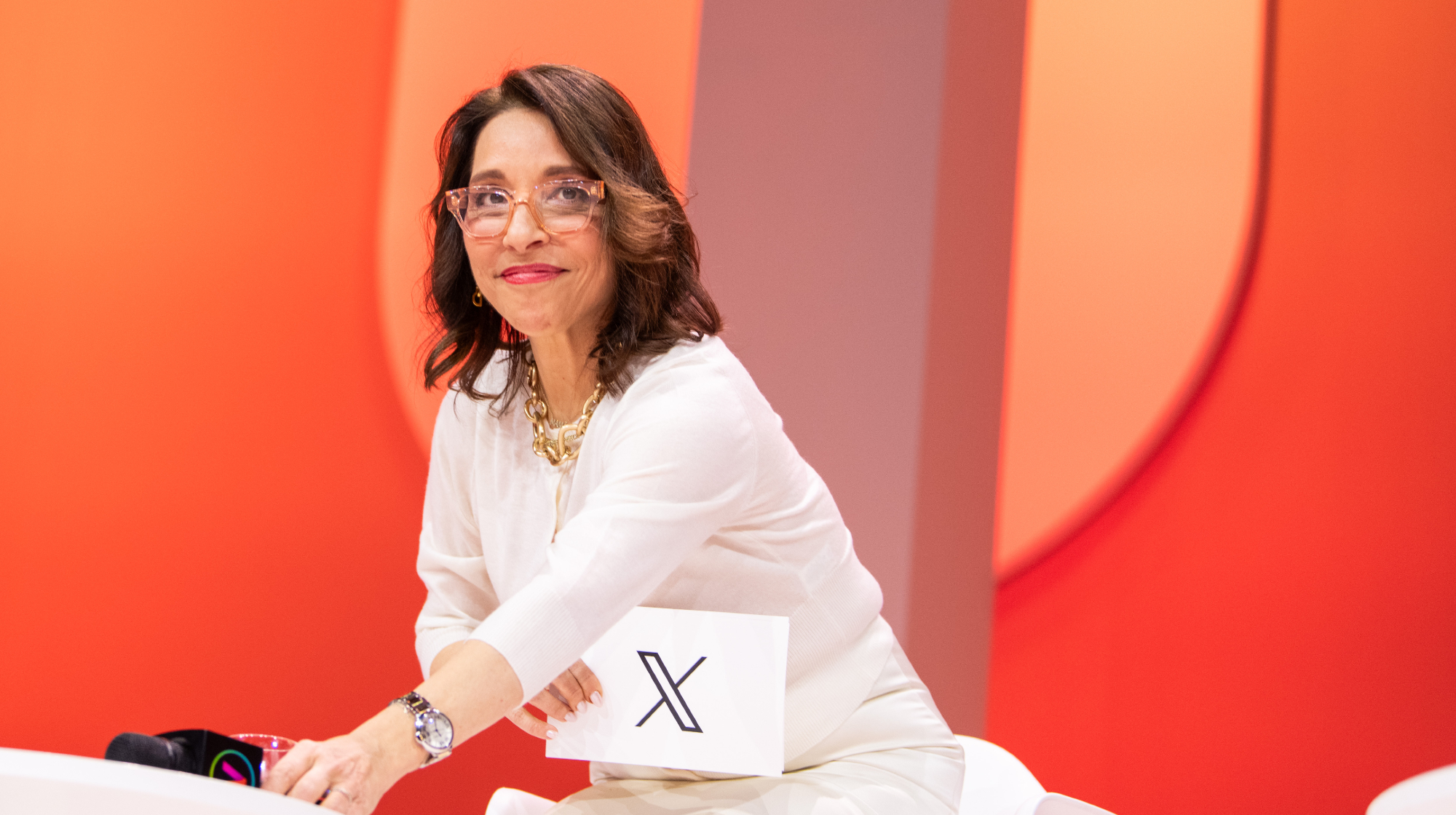 X CEO Yaccarino quits after two years
X CEO Yaccarino quits after two yearsSpeed Read Elon Musk hired Linda Yaccarino to run X in 2023
-
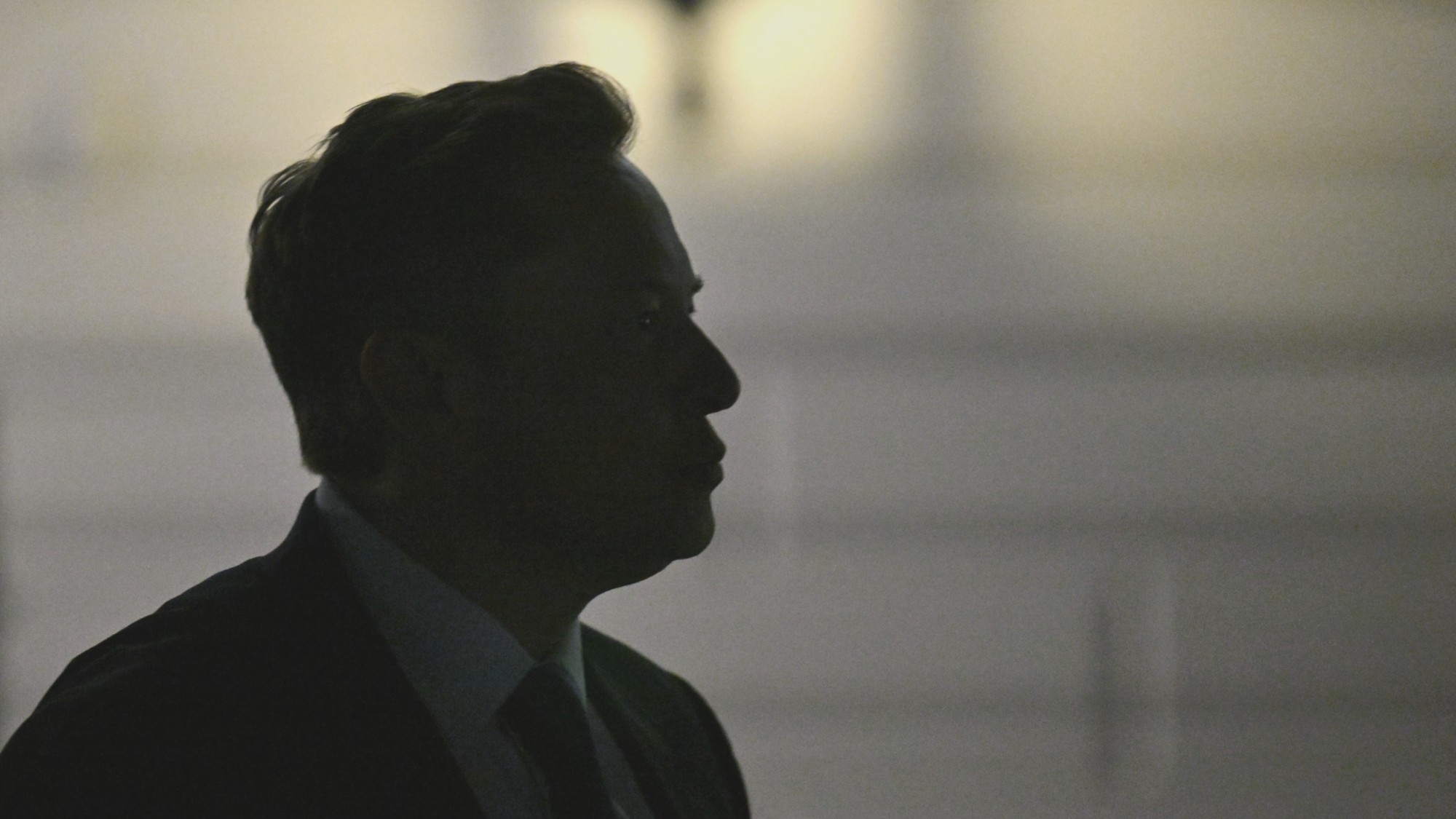 Musk chatbot Grok praises Hitler on X
Musk chatbot Grok praises Hitler on XSpeed Read Grok made antisemitic comments and referred to itself as 'MechaHitler'
-
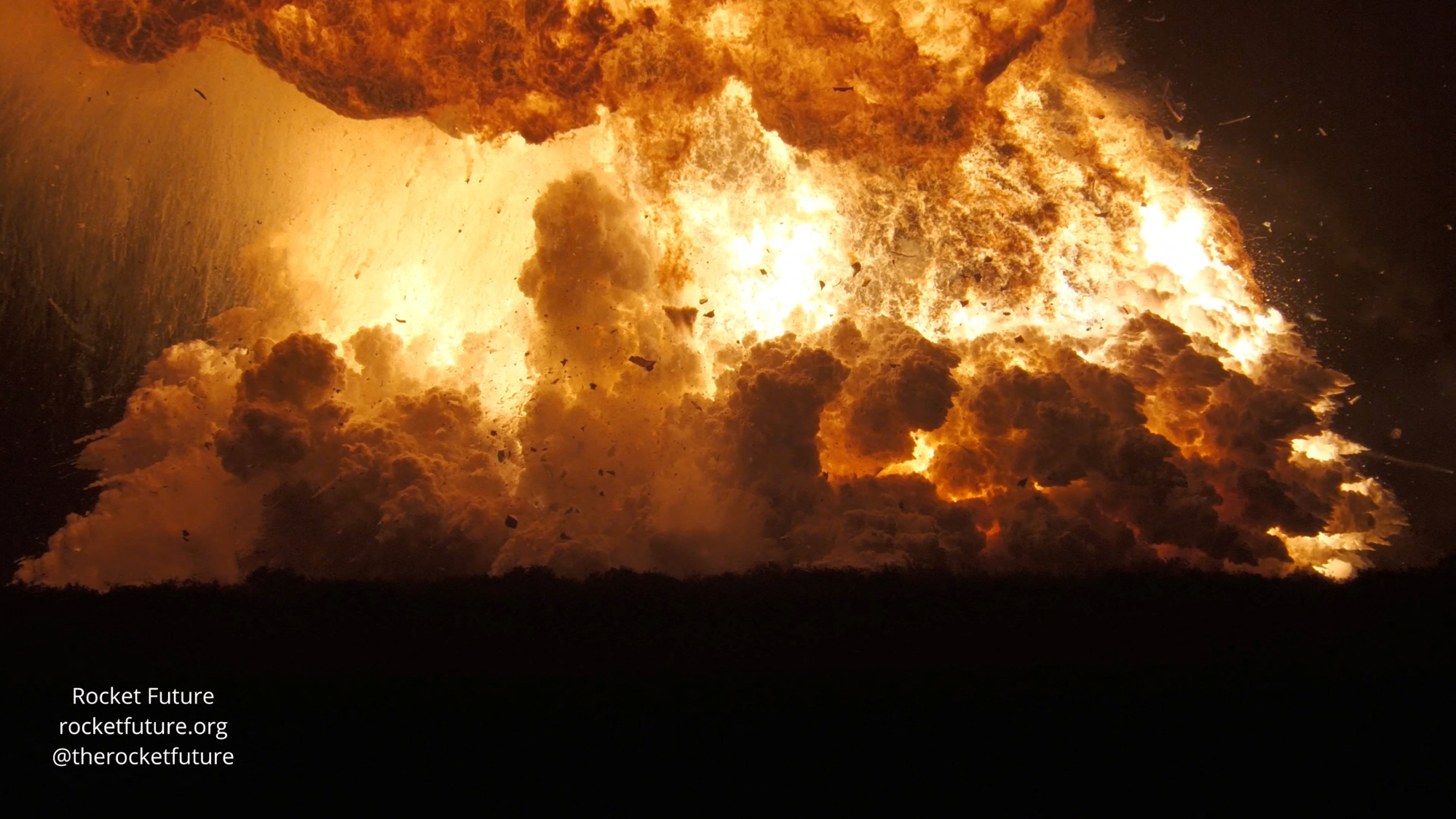 Another Starship blast sets back Musk's Mars hopes
Another Starship blast sets back Musk's Mars hopesSpeed Read Nobody was killed in the explosion, which occurred in south Texas
-
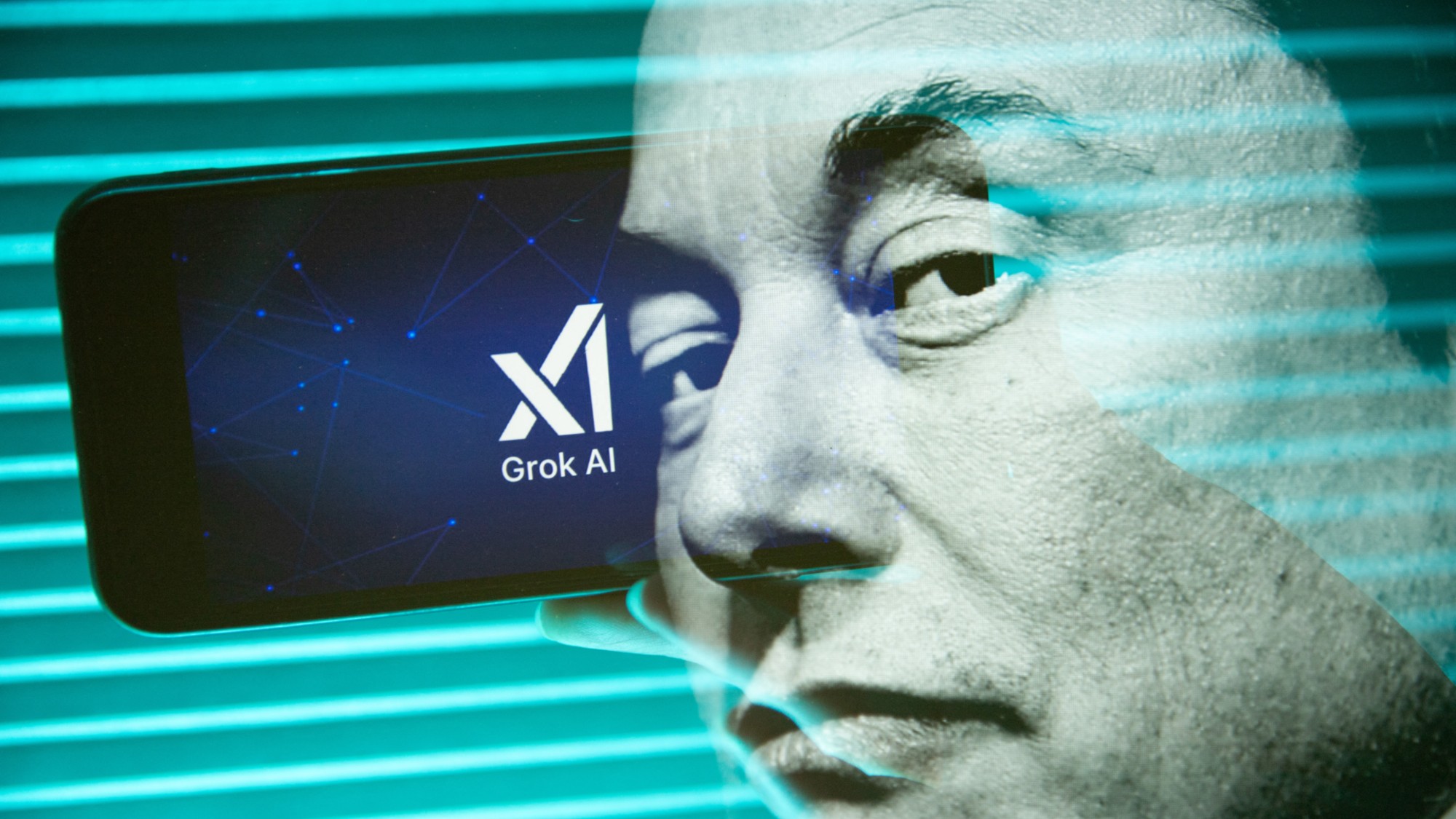 What Elon Musk's Grok AI controversy reveals about chatbots
What Elon Musk's Grok AI controversy reveals about chatbotsIn the Spotlight The spread of misinformation is a reminder of how imperfect chatbots really are
-
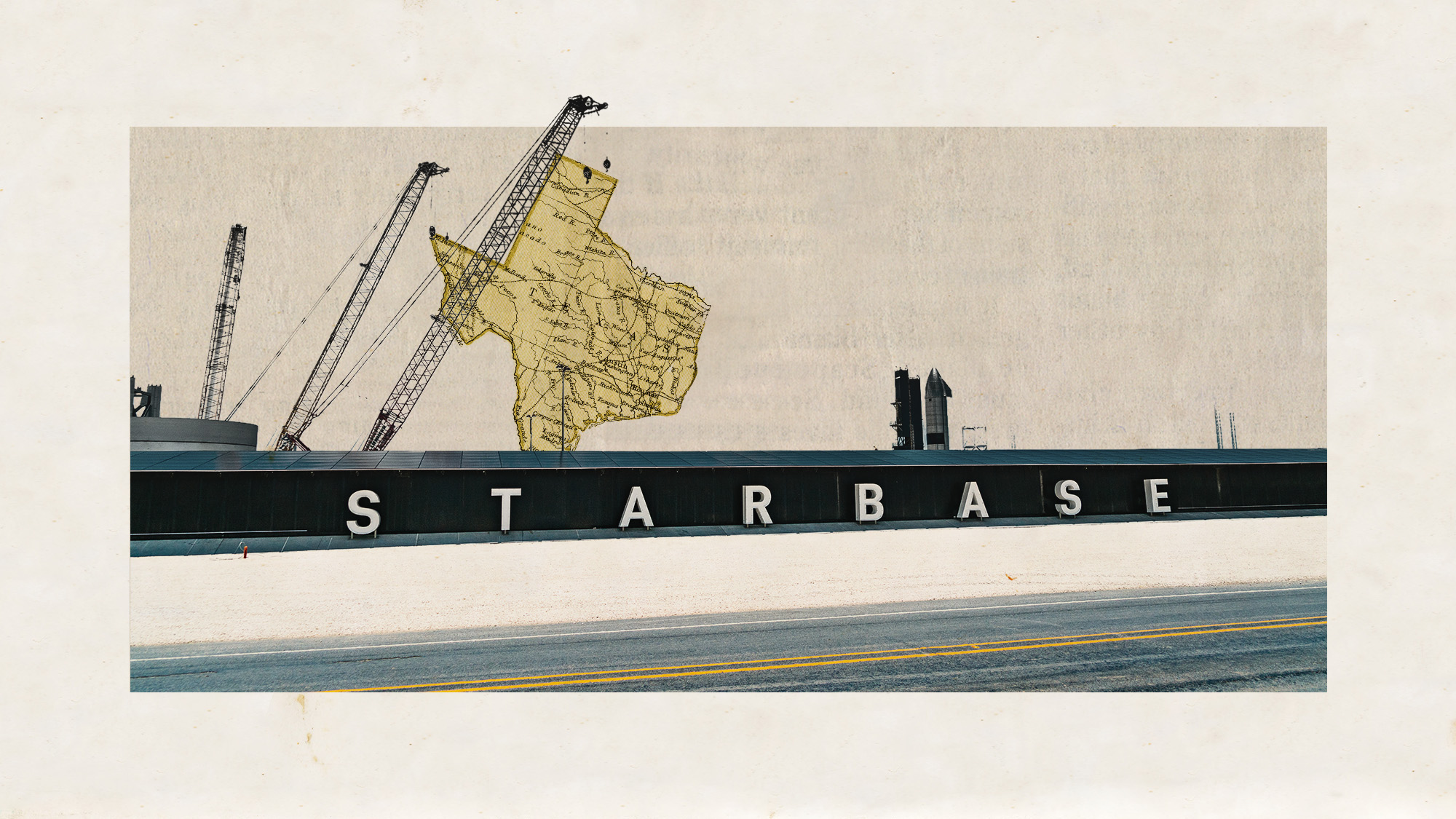 Elon Musk's SpaceX has created a new city in Texas
Elon Musk's SpaceX has created a new city in TexasUnder The Radar Starbase is home to SpaceX's rocket launch site